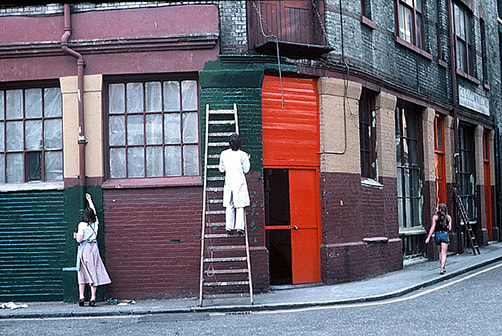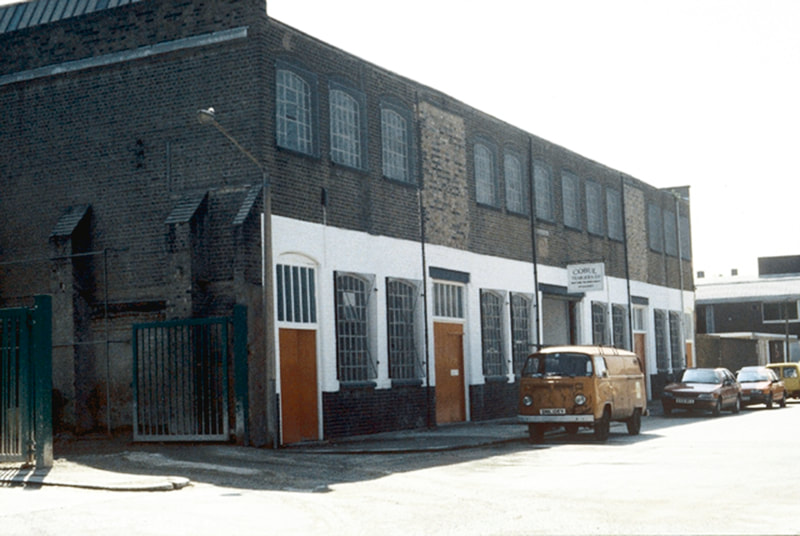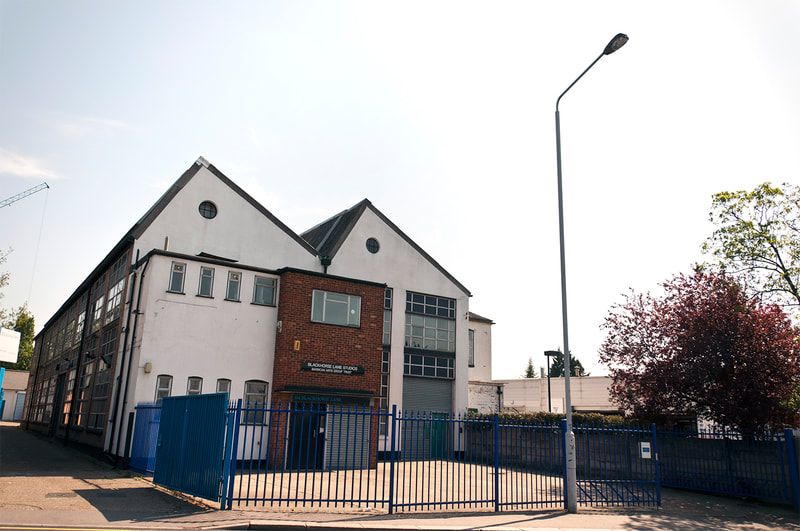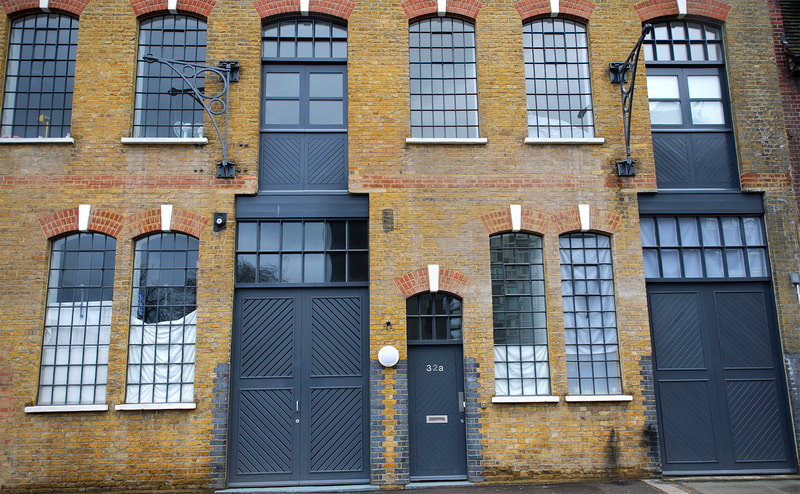Barbican Arts Group was established in 1972, occupying two former warehouse buildings the Barbican local. The buildings were sited in Sycamore Street London EC1.
BAG was formed by artists who created studio and exhibiting space in the Barbican area of London. It received charitable status in 1984 (BAGT) in recognition of its community and educational work undertaken through exhibitions, public art projects, open studios, and schools projects. The studios moved east in 1989, with assistance from Greater London Arts and established Hertford Road Studios. In 2008 BAGT added another studio block at Blackhorse Lane E17. In 2010, Hertford Road Studios relocated from 12-14 Hertford Road to 32a Hertford Road, London N1 with the provision of a Section 106 Agreement from Hackney Council.
The London Municipal Archives acquired BAGT’s physical archive in 2005 documenting its pioneering activities of artist studio provision and public benefit in the appreciation of the arts.
BAGT's current studio provision in Hackney and Walthamstow comprises of a total of 44 studios and 2 project spaces - ArtWorks Project Space E17 and Atrium Space N1. The project spaces host exhibitions, residencies, workshops and facilities for professional development. BAGT's out reach programme has facilitated projects including, artists in schools, local minority groups, young people with learning difficulties, and senior citizens.
Since 2009 BAGT has managed and facilitated over 300 projects.
BAG was formed by artists who created studio and exhibiting space in the Barbican area of London. It received charitable status in 1984 (BAGT) in recognition of its community and educational work undertaken through exhibitions, public art projects, open studios, and schools projects. The studios moved east in 1989, with assistance from Greater London Arts and established Hertford Road Studios. In 2008 BAGT added another studio block at Blackhorse Lane E17. In 2010, Hertford Road Studios relocated from 12-14 Hertford Road to 32a Hertford Road, London N1 with the provision of a Section 106 Agreement from Hackney Council.
The London Municipal Archives acquired BAGT’s physical archive in 2005 documenting its pioneering activities of artist studio provision and public benefit in the appreciation of the arts.
BAGT's current studio provision in Hackney and Walthamstow comprises of a total of 44 studios and 2 project spaces - ArtWorks Project Space E17 and Atrium Space N1. The project spaces host exhibitions, residencies, workshops and facilities for professional development. BAGT's out reach programme has facilitated projects including, artists in schools, local minority groups, young people with learning difficulties, and senior citizens.
Since 2009 BAGT has managed and facilitated over 300 projects.
|
Blackhorse Lane Studios and ArtWorks Project Space, 114a Blackhorse Lane, London E17 6AA
|
Hertford Road Studios, Atrium Space and The Project Space, 32a Hertford Road, London N1 5SH
|





